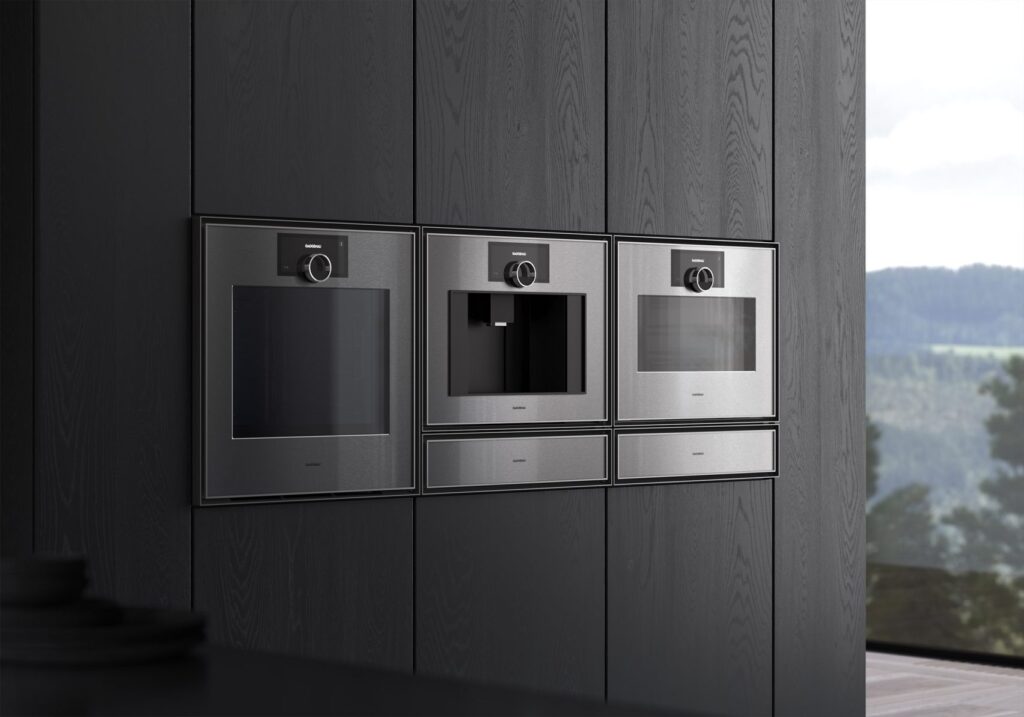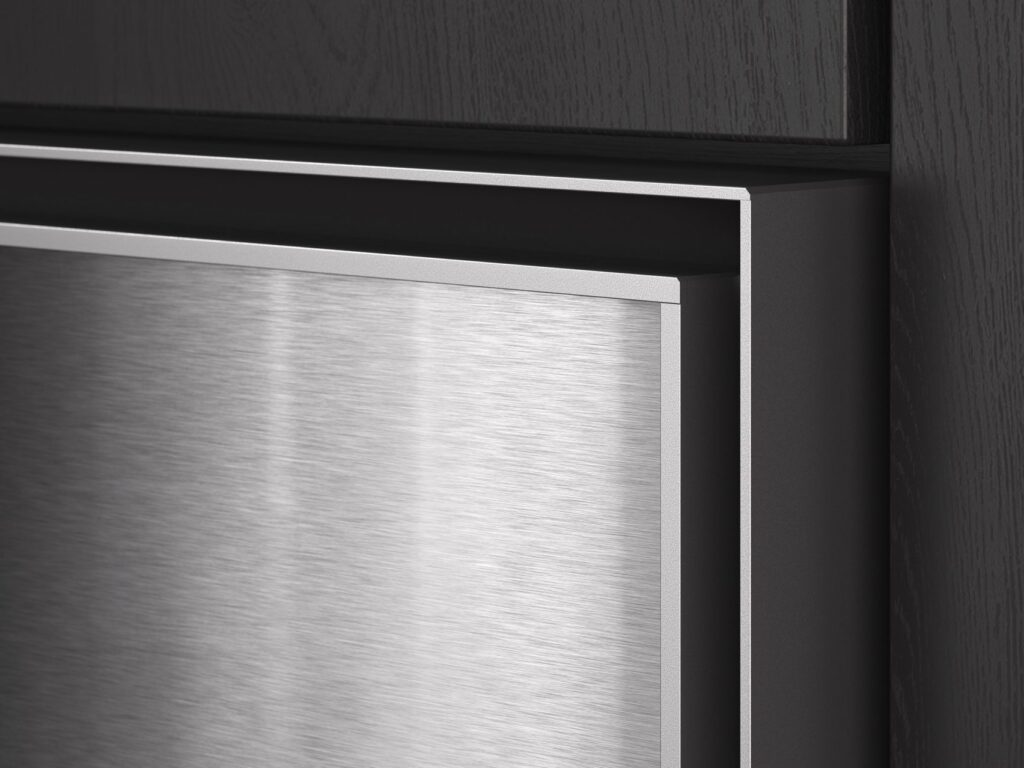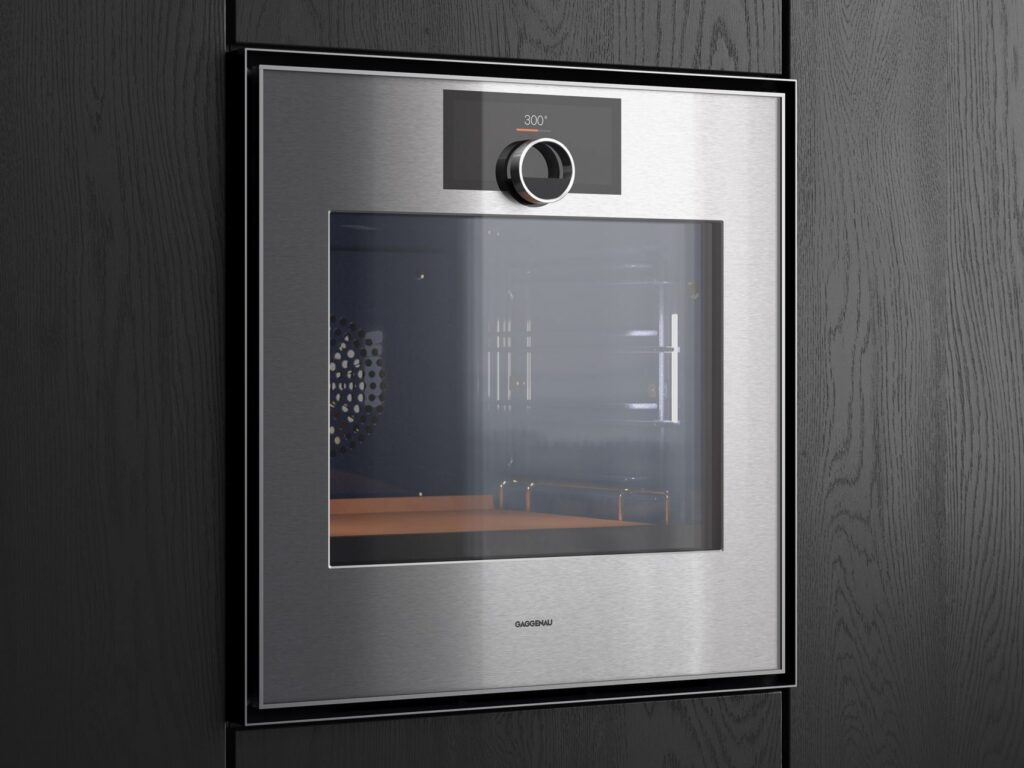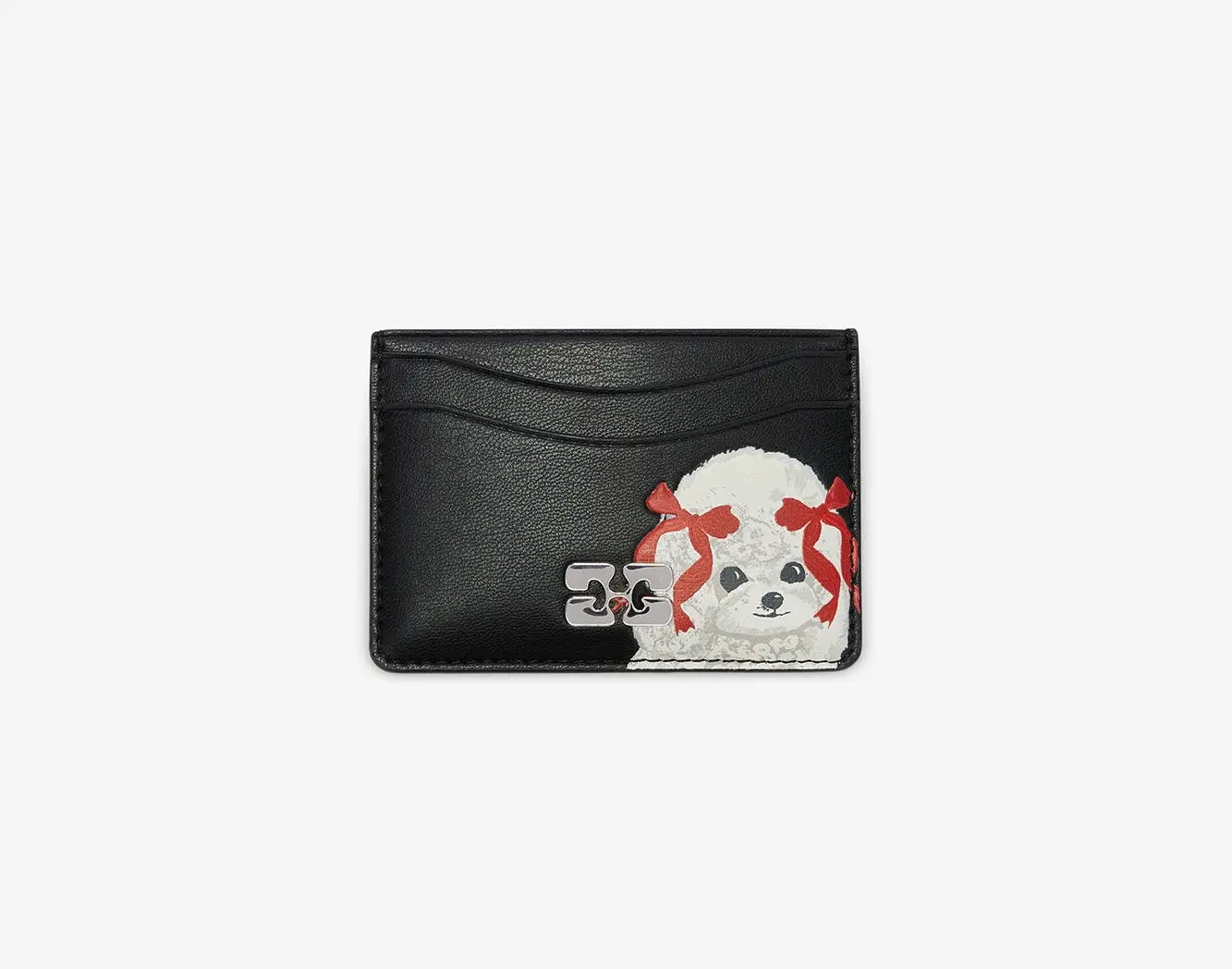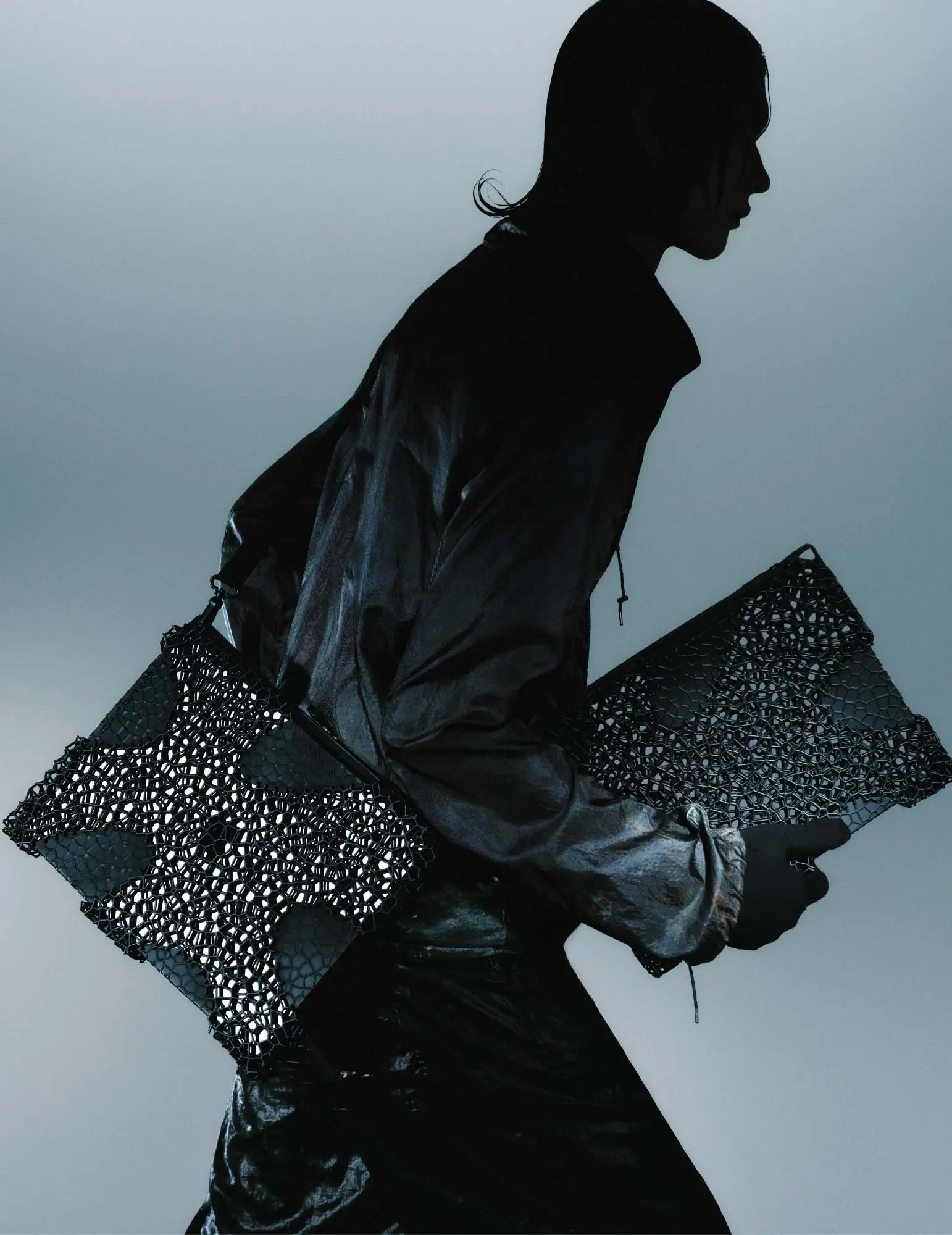The kitchen has always been more than a room where meals are prepared. It is a theater of living, a stage where design, craft, and innovation converge. For centuries, culinary tools and appliances have reflected the priorities of their time—functionality in the pre-industrial age, efficiency in the post-war years, and now, in our design-driven twenty-first century, an insistence that everyday objects embody cultural meaning. It is precisely this modern philosophy that lies behind The Gaggenau Expressive Series, the latest line of ovens that has redefined what luxury in domestic appliances can look and feel like.
At first glance, the oven from this series is a picture of restrained modernity: a brushed stainless steel face, a control dial that exudes precision, and a pane of glass that seems as much a canvas as a cooking window. Yet, within this minimalism lies a deeply expressive identity—a narrative of handcraft, Bauhaus inspiration, and engineering mastery. Gaggenau, one of the world’s oldest appliance manufacturers, has chosen to articulate its heritage through this collection by merging artisan tradition with cutting-edge industrial technology.
A Legacy of Craftsmanship
Founded in 1683 in the Black Forest of Germany, Gaggenau began as a small hammer and nail forge. Over centuries, it transformed itself from metallurgy to enameling, and eventually, to the pioneering of domestic appliances. Yet, one constant has remained: a reverence for materials and an insistence on craftsmanship. The Expressive Series represents not only a product but a continuation of this ethos.
Unlike many contemporary manufacturers who rely entirely on automation, Gaggenau begins the process of making these ovens with artisans. Each piece of stainless steel is hand-brushed before the automation lines take over. This tactile moment is crucial, for it imprints individuality into each unit. No two brushed panels are identical; the human hand creates subtle variations, ensuring that the oven carries a trace of its maker’s gesture. It is a detail that recalls the Bauhaus belief in unifying art, craft, and industry.
Minimalism as Expression
The name Expressive Series may appear paradoxical. How can an appliance so minimal, almost austere in design, be expressive? The answer lies in understanding expression not as flamboyance but as the articulation of precision, proportion, and material honesty.
The design avoids extraneous flourishes. Instead, it speaks in the language of clean lines, chamfered edges, and restrained material palettes. The brushed stainless steel does not compete with the surrounding architecture but harmonizes with it. The oven becomes an architectural element itself, a silent participant in the spatial composition of the kitchen. By doing less, it communicates more.
Bauhaus Principles Reimagined
When Gaggenau states that the Expressive Series is influenced by Bauhaus and modernist architecture, the claim is not a marketing metaphor but a genuine design strategy. The Bauhaus, founded in Weimar in 1919, sought to dissolve the boundaries between fine art, craft, and industry. Its architecture and objects were stripped to essentials, with an emphasis on geometric clarity, functional honesty, and mass production infused with artistry.
The oven reflects these principles in several ways:
-
Form Follows Function: Every line and curve of the oven has a purpose. The dial is positioned with ergonomic precision. The glass window occupies the largest possible frame to maximize visibility without compromising structure.
-
Material Honesty: Stainless steel is used not as cladding but as structure. The brushed surface highlights the grain of the metal, celebrating its inherent qualities.
-
Geometric Purity: The oven is framed as a perfect square, a nod to Bauhaus geometry. The chamfered edges—created through custom milling—add a subtle play of light and shadow, recalling the way modernist architects used chamfers to soften transitions without introducing ornament.
-
Integration with Architecture: Just as Bauhaus buildings sought to integrate furniture and fittings into architectural wholes, the oven integrates into cabinetry, aligning flush with surrounding panels, as if it were a continuation of the wall itself.
The Chamfered Edge: Detail as Luxury
One of the most distinctive elements of the Expressive Series is the chamfered edge that frames the oven’s face. To achieve this, Gaggenau employed custom milling techniques, going beyond standard manufacturing tolerances. The result is an edge that is not merely functional but a detail of visual and tactile refinement.
Chamfers have long been associated with architectural quality. In Gothic cathedrals, they softened stone blocks; in modernist structures, they introduced sharpness without ornamentation. On this oven, the chamfer suggests depth, precision, and permanence. It elevates the oven from appliance to object of design culture.
Material Efficiency and Sustainability
Gaggenau has emphasized that the Expressive Series uses minimal materials, reflecting both aesthetic restraint and environmental responsibility. In a world where sustainability is no longer optional, the reduction of material waste is as critical as energy efficiency. By designing with precision, Gaggenau eliminates superfluity. Every gram of stainless steel, every pane of glass, has been carefully considered.
This is not merely a technical matter but also an ideological one. Bauhaus designers were acutely aware of material honesty and efficiency, often working within post-war economies of scarcity. The Expressive Series translates that historical consciousness into today’s ecological context. Luxury here is not abundance but exactitude.
Modernist Architecture in Appliance Form
Beyond Bauhaus, Gaggenau’s designers have cited modernist architecture as a source of inspiration. The oven’s face could easily be compared to the façade of a Ludwig Mies van der Rohe building—rigidly geometric, materially honest, and architecturally integrated. Like the Barcelona Pavilion, the oven balances opacity (steel) and transparency (glass). Like Le Corbusier’s modular architecture, it seeks harmony between human ergonomics and machine precision.
In this way, the oven becomes not just an appliance but an architectural fragment, a building in miniature. To install such an oven in a kitchen is to import a piece of architectural philosophy into the domestic sphere.
Artisanship Meets Automation
One of the most striking aspects of the Expressive Series is its duality of process. The initial hand-brushing by artisans introduces individuality, while the subsequent automation ensures consistency. This oscillation between hand and machine mirrors the Bauhaus ethos, where artists such as Marcel Breuer and Marianne Brandt designed objects to be industrially manufactured but rooted them in hand-crafted prototypes.
By fusing artisanship with automation, Gaggenau makes a philosophical statement: that the future of design lies not in rejecting machines nor in abandoning the human touch, but in reconciling the two.
User Experience and Intuitive Design
While the Expressive Series pays homage to historical principles, it is not a museum piece. It is a tool designed for daily use, and its functionality is as rigorous as its form. The control interface—a digital display coupled with a physical dial—embodies the balance of tactility and digital precision.
The oven’s interior, illuminated with carefully calibrated lighting, ensures that food can be monitored without interruption. Its door, engineered with seamless hinges, opens with a measured resistance that communicates durability and care. Even the acoustics of its closing have been tuned—a detail that only a brand like Gaggenau would consider as part of the sensory experience.
A Cultural Artifact, Not Just an Appliance
To speak of the Expressive Series merely as an oven is to understate its significance. It is a cultural artifact that reflects how we live, how we value design, and how we reconcile past and future. Kitchens today are no longer hidden utility spaces; they are open, social, and performative. Appliances must therefore transcend function to embody aesthetic and cultural meaning.
Gaggenau positions its oven as part of this cultural shift. It is not just about baking bread or roasting vegetables; it is about anchoring the kitchen as a stage of modern living, where every object speaks to taste, refinement, and design literacy.
Reception and Influence
Design critics have already noted how the Expressive Series redefines the role of appliances within the hierarchy of design objects. Where once the oven was a background utility, Gaggenau has made it a protagonist. Architects increasingly specify these ovens not just for performance but because they complement architectural philosophies of minimalism and integration. Interior designers cite them as benchmarks of restraint, capable of harmonizing with a variety of materials, from oak cabinetry to concrete countertops.
In this sense, the Expressive Series does not merely participate in the market of appliances; it influences the broader culture of design.
Impression
The Gaggenau Expressive Series is more than the sum of its stainless steel, glass, and electronics. It is an argument for how we should design and live. By enlisting artisans, embracing Bauhaus principles, refining details through custom milling, and minimizing materials, Gaggenau has produced a collection that is as much philosophy as product.
In its silent square form, the oven expresses the essence of modernity: clarity, restraint, and integrity. It reminds us that expression is not always loud; sometimes it is whispered through the perfection of a brushed surface or the elegance of a chamfered edge. In the Expressive Series, Gaggenau has created not just an oven but a manifesto—an insistence that even the most functional objects in our homes deserve to embody the highest ideals of design.
No comments yet.

